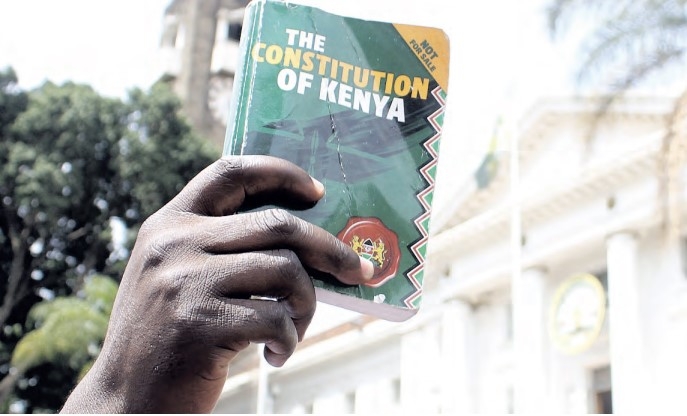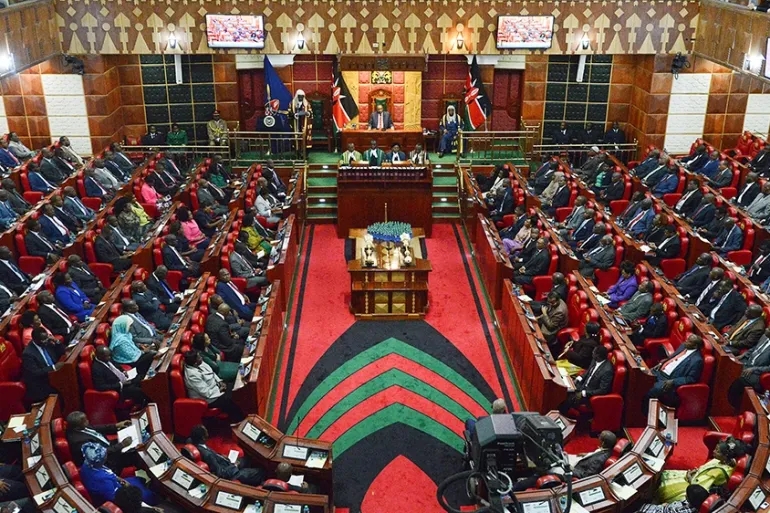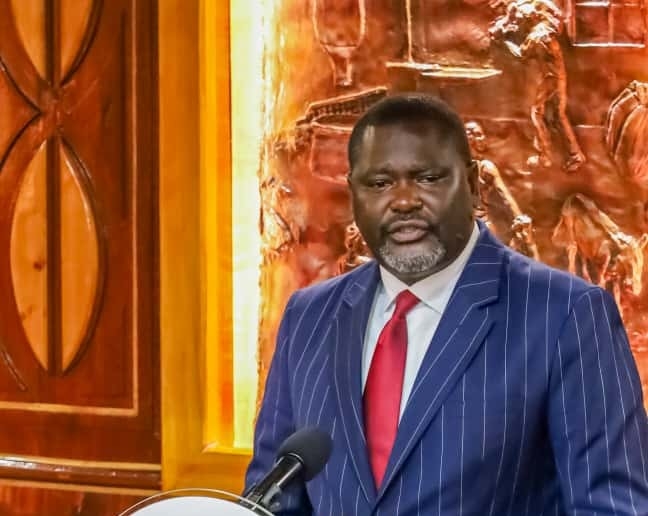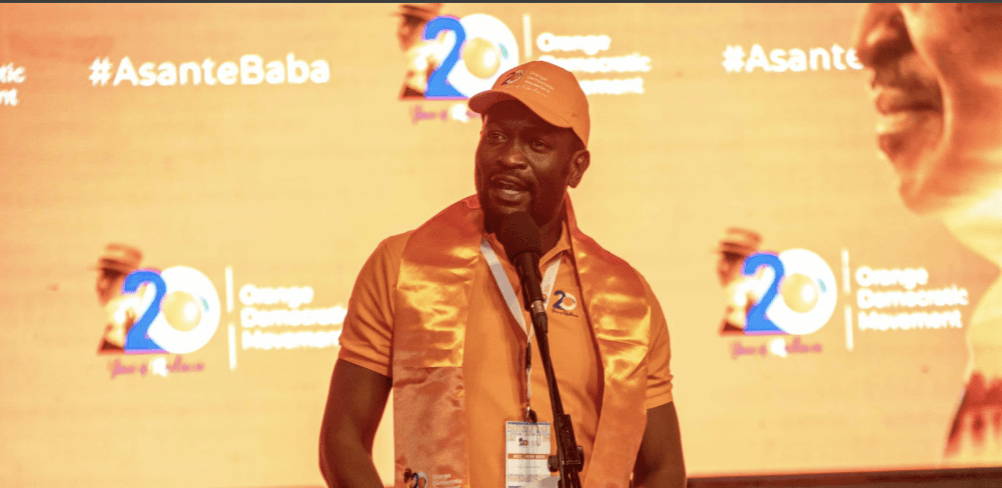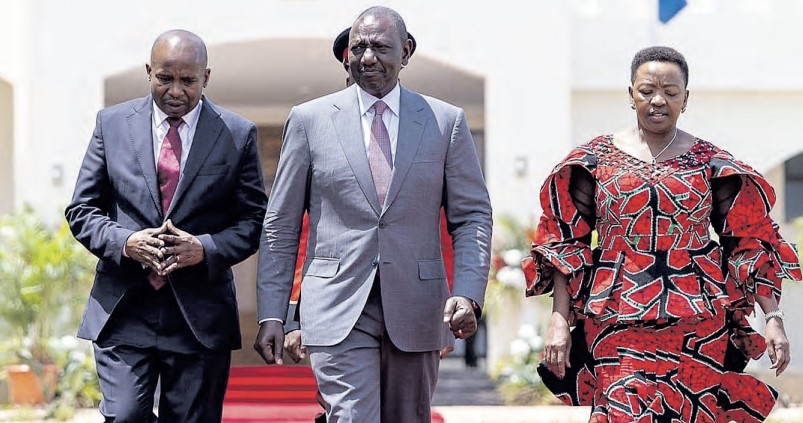
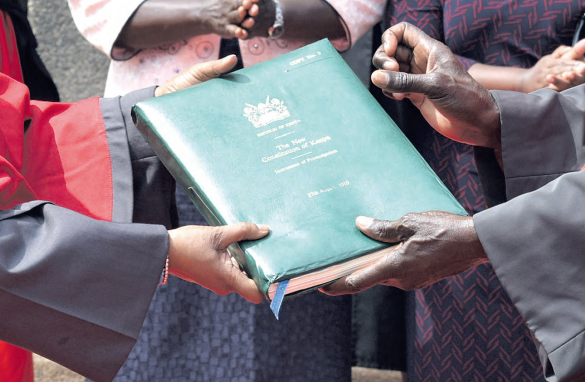
Kenyans set up the 2010 constitution as a bulwark against the power of the President. Usually a transformative constitution is not just transformative to the judiciary only, it is transformative to empower Parliament with the power to impeach a President and Deputy President.
Every organ of the constitution is transformed and radically empowered, especially the new Parliament as discussed here to deal with Impeachment of the presidency, oversight and access of the government.
Kenyans ‘as the people’ reclaimed their supremacy from political elites through the 2010 constitution.
Indeed, the 2010 constitution was primarily born out of political compromise after the 2008 post-election violence. The drafting of the constitution and its deliberative process was not confined to political compromise by elites.
It is important that actions anchored under the Constitution 2010 primarily promote and safeguard against the elites’ interest or domination by making President.
To a large extent the political compromise did not control the process of the constitution making. The politicians were not the most dominating players in the process.
In reverse, the 2010 constitution making was made very differently to encompass the amateur called the common Wanjiku to be involved in the process.
Kenya is not one of those countries that have found the elites infected constitutions through the power of presidency unlike those states that are governed by authoritarian governments that lead to patrimonialism and imperial presidential governance.
The text of the constitution itself demonstrates that the constitution took cognizance that for a long-time, sovereignty was increasingly located outside the ordinary Kenyans in undemocratic situations and that they were excluded from governance and denied self-determination or selfrule.
Therefore the gain to the People in the constitution and to demonstrate that Presidency is not sovereign and to protect democratic core are too many to be a mere coincidence and not a result of the people’s interests driving the constitution as opposed to the elites.
Consider; the constitution preamble, Chapter 1 on sovereignty of the people, Chapter 4 - The expansive bill of rights, Chapter 6 on leadership and integrity, Chapter 10 - the Judiciary, Chapter 11 - Devolved Government and Chapter 16 on amendment of the constitution, especially through popular initiative, indicates that the people interest prevailed over the elitists interests.
A further look at article 37 of the Constitution of Kenya 2010, provides that every person has the right, peaceably and unarmed, to assemble, to demonstrate, to picket and to present petitions to public authorities, indicates that Kenya finally wrote a constitution that guarded their interest against the state and in recognition to the people struggle with autocratic state What can be said with confidence is that the 2010 constitution is partly a product of former reforms, constitutional drafts that all changed the powerful presidency that could sack their vice presidents.
Indeed, impeachment provision acknowledges the transformative nature of the 2010 constitution that is value imbued to cure the involvement of especially that of politicians who wield power, throughout the history of its making.
One cannot overlook and scorn the struggle of Kenyans for a new constitutional dispensation.
Our history and truth should not
be buried in the shadows; Kenyan
citizens, including constitutional
defenders such as Raila Odinga, Dr
Omondi Mbai, Dr Ooko, SC Martha
Karua, Senior Counsel Gitobu Imanyara, Chief Justice Emeritus Willy Mutunga, among others were arbitrary
arrested, tortured and forced to flee
their country as a result of their sacrificial role in the clamour of a new
constitution.


